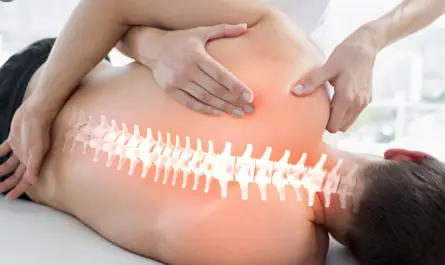Today we will look at how to become a dentist and how much does it cost to become a dentist by using the example of a children’s dentist. First, this task is not easy, because dentistry is not an easy burden, and children’s even more so. Secondly, training as a dentist is not the easiest thing to do.
But at the end of this path, you will find a highly-paid and sought-after profession.
In cost of dental school tuition costs, you will have to study a lot. If you have chosen this profession in advance, you usually start focusing on certain subjects in high dental school tuition costs, then continue to study in college. After graduating from college, you go to cost of dental school. If you are interested in how to become a dentist, how long your training will take, and how much money you will have to spend in the process, then this article is for you.
How to Become a Pediatric Dentist
As mentioned above, a pediatric dentist is a much more difficult path than a General dentist. But this profession still takes methods from the course of General dentistry. Those who have graduated from this specialty will be able to provide first and comprehensive dental residency care to children aged from infant to adult.
Children’s future general dentists must have the skills to treat a huge number of diseases in children. They also need to know how to treat children with special health care needs. They should also learn how to create a comfortable environment for each of their patients and educate parents and their children about the need for oral hygiene.
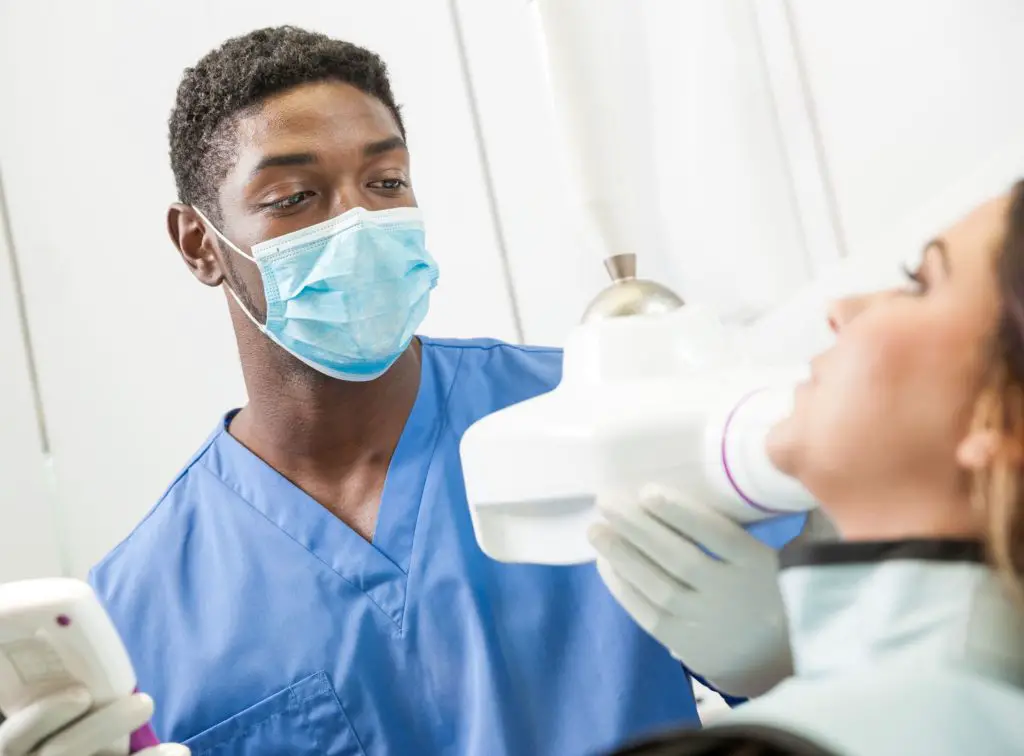
Of course, love for children is one of the most important requirements for this profession. But there are many other requirements for this profession.
- Bachelor’s degree. Mandatory for all most dentists. Focus on biology, physics, chemistry, and similar subjects.
- Dentist test(DAT). Required for applying to cost of dental school tuition. It is better to do it earlier, for example, in early undergraduate courses.
- Dental school. After you get your bachelor’s dental specialists degree, you need to get one of two degrees: DDS or DMD in dental school cost.
- Passing the residency. To get a specialty, you need to pass a special dentistry program. It includes a set of courses such as child hygiene and orthodontics, child development, and even psychology.
- It consists of two parts. Required for obtaining a license.
- The license of a pediatric dentist. When you complete your residency, you can try to get this license. It includes exams at the state level and they vary depending on where you are going to practice.
Video
In this video, how much do dental school costs, and what will be the cost of first-year study.
How Much Is Dental School?
The price years of dental school will depend upon a myriad of variables like which dental school tuition you go to is an in-state school or a public school that is out of state or a private school. In-state public dental school typically run around $40,000 annually however private student loans or out-of-state dental schools can cost between $50,000 and $70,000, while the most prestigious dental schools can cost more than $75,000 annually.
The method you select dental students can look at a range of $150,000 to $300,000 over the four years of dental school. If you think about the 4 years of undergraduate studies necessary before starting a dental course dental specialists, the tuition will quickly mount up.
Along with the tuition cost, other variables could affect the amount you’ll have to pay for dental school. If, for instance, you reside near to or within campus, you might be charged for costs for living expenses such as transport, rent, and food. For those who depend upon dental student loans to finance the dental schools program, which makes up the majority of dental students, these loans come with conditions of repayment, interest rate, and terms.
That’s for dental students who pay for their dental education through loans pay more in dental tuition than those lucky enough to receive awards, scholarships, or other types of financial aid assistance, or even relatives who can aid in contributing.
Debt-to-Income Ratios for Dentists

If you are trying to determine whether enrollment into dental school is making sense financially one of the most effective ways to look at the issue is through a debt-to-income lens. In simple terms, a debt-to-income ratio is a measure of your credit and divides it into the annual income.
Many financial aid professionals believe that a debt-to-income ratio is adequate for mortgages however, a ratio of 1/1 student loan debt-to-income is the best option for repaying dental student loans within the first couple of years following graduation. In other words, if the sum of student debt incurred by your refinance student loans roughly equals your annual income, that’s a 1/1 ratio of debt-to-income that is considered to be a good way to invest your money.
As you approach an income-to-debt ratio of 2/1, and you’re paying off the debt, it’s most practical. However, you may have to be a full-time resident for a couple of years longer to repay the obligation. However, at 3/1– for instance, if you earn one million dollars a year, and your debt is greater than $450,000, you’re facing a more risky repayment plan.
In addition, you’ll be being a burden to your professional life However, you could find that your retirement won’t be as relaxing as you’d imagined.
General most dentists typically possess higher ratios of debt to income as compared to other professionals because the tuition cost is higher, and the salaries tend to be less. However, that isn’t the case for dental schools professionals, who make more than general most dentists, and that’s despite the extra years of education and dental school expenses.
Top 10 dental schools in the U.S. measure up
|
University Name |
Location |
Type of University |
First-Year Tuition for State Residents* |
First-Year Tuition for Non-Residents* |
Enrollment Rate |
|
University of Michigan-Ann Arbor |
Ann Arbor, Michigan |
Public |
$38,095 |
$54,877 |
6.2% |
|
University of California-San Francisco |
San Francisco, California |
Public |
$43,410 |
$55,655 |
6.3% |
|
Harvard University |
Cambridge, Massachusetts |
Private |
$63,400 |
$63,400 |
3.7% |
|
University of Washington |
Seattle, Washington |
Public |
$54,422 |
$84,926 |
13.7% |
|
University of Pennsylvania |
Philadelphia, Pennsylvania |
Private |
$76,090 |
$76,090 |
6.6% |
|
New York University |
New York City, New York |
Private |
$82,008 |
$82,008 |
11.5% |
|
University of North Carolina, Chapel Hill |
Chapel Hill, North Carolina |
Public |
$40,709 |
$82,745 |
6.8% |
|
University of Iowa |
Iowa City, Iowa |
Public |
$46,285 |
$74,423 |
9.7% |
|
University of California, Los Angeles |
Los Angeles, California |
Public |
$45,045 |
$55,655 |
6.8% |
|
University of Minnesota Twin Cities |
Minneapolis, Minnesota |
Public |
$38,479 |
$71,284 |
19.1% |
1. University of Michigan-Ann Arbor
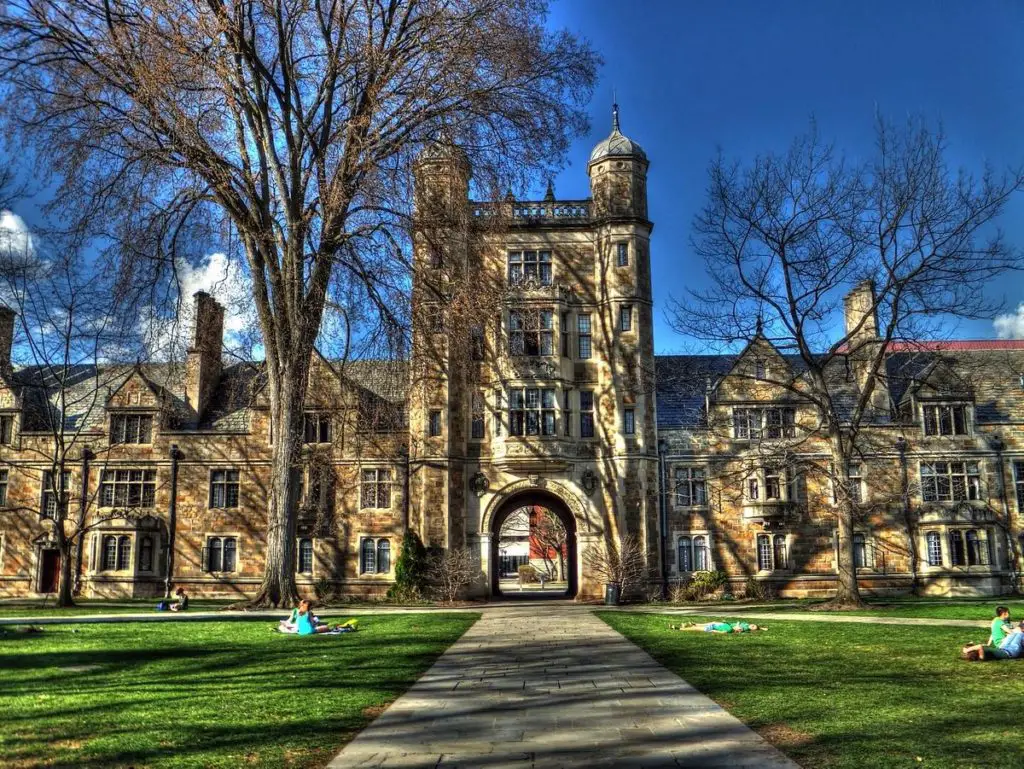
It is the University of Michigan Ann Arbor is ranked as the best dental school in America in addition to being the most affordable dental school that accepts both out of state students.
It provides 15-degree or certificate courses, as well as has a dental clinic that is open to Michigan residents. The clinic also offers programs for dentists who wish to pursue a specialization in the lucrative field of dental specialists surgery.
Since it is a public institution it is less expensive than residents from Michigan than students from out of state. The cost of tuition for a freshman-year resident of the state was $30,095, and the tuition of an out-of-state student was $54,877 in the academic year of 2019-2020.
2. University of California-San Francisco
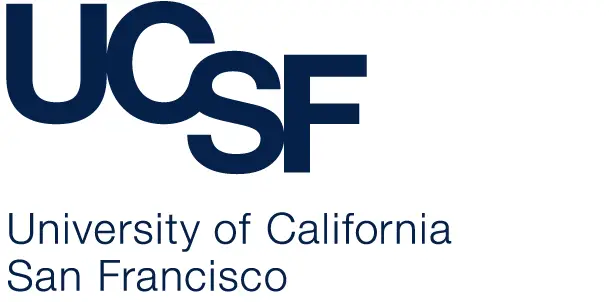
The University of California’s dental school was established in 1881. In addition to it’s doctor of dental medicine of Dental Surgery (DDS) or Doctor of Medicine in Dentistry (DMD) courses, the dental school also has programs for orthodontics, endodontics, periodontology prosthodontics, as well as oral dentistry.
The University of Cal-San Francisco is a state-funded university that offers lower interest rates to California residents. Students who are in the state pay $43,410 for students who are not from the state, they pay $55,655.
3. Harvard University
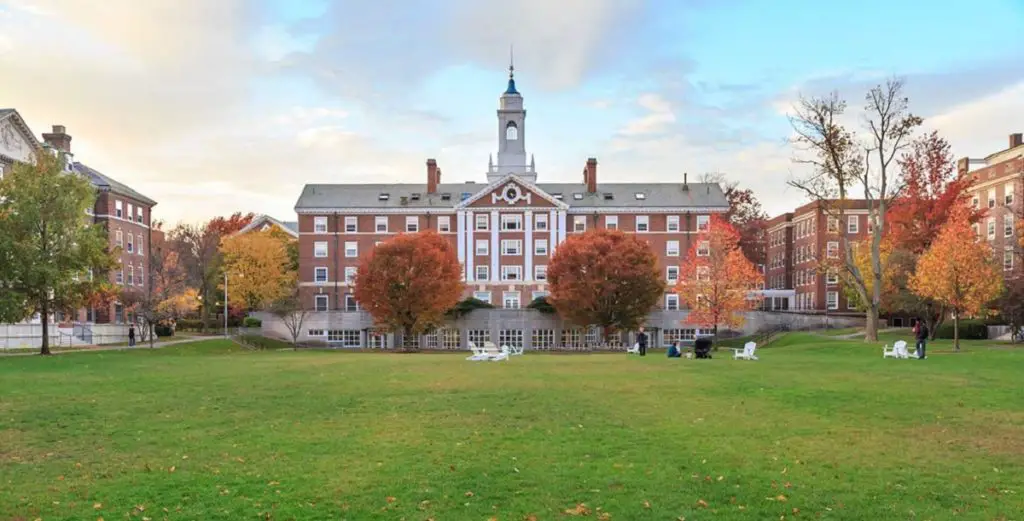
An internationally acclaimed dental school, Harvard is an independent school. The dental school of dentistry runs a clinic for residents of the population. Students can join DMD programs, pursue a PhD in biological sciences within dental medicine, and participate in continuing education classes.
Harvard has the same price for students who are in-state and out-of-state. In the academic year 2019-2020 The tuition rate for the first-year students was $63400.
If you’re interested in attending Harvard do your best to improve your grades and GPA. Harvard is the dental school with one of the lowest rates of enrollment for dental school that are top-ranked; from 949 applicants in 2019 35 – -3.7% 3.7 percent — accepted.
4. University of Washington
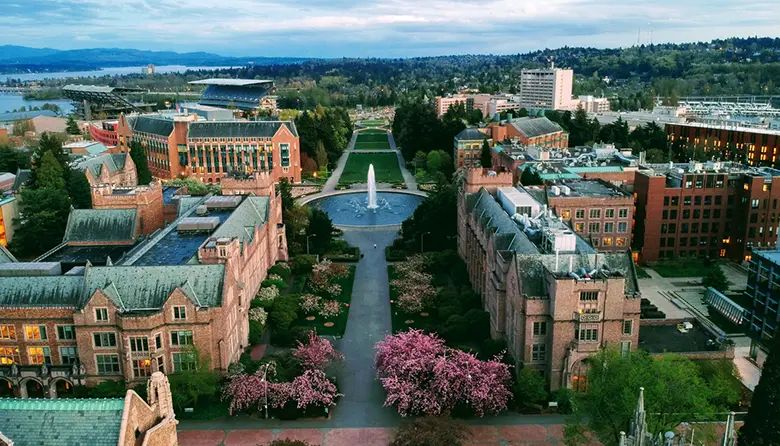
In addition to the DMD program Along with its DMD degree, The University of Washington has programs that specialize for orthodontics, endodontics, prosthodontics, and oral and maxillofacial medicine. This university runs an office for dental care that serves people in the population. Patients can receive dental treatment that’s typically 30 or 40% less than what they would pay in various dental facilities in the Seattle area.
5. University of Pennsylvania

In the Penn Dental Medicine Department at the University of Pennsylvania, students have the option of enrolling in DMD courses and pursuing postgraduate studies within eight areas of specialization. By registering with this department Penn Dental Medicine Department, students may also earn a Master in Science of Science in Oral Biology. The department operates dental clinics serving the community and also.
Since it is a private institution In-state and out-of-state students are charged the same tuition fees. For the 2019-2020 academic year, tuition was $76,090.
6. New York University (NYU)

As per NYU, The university is responsible for teaching approximately 10% of America’s dentists. It is a larger dental school; that educates around 1 800 students annually. It offers postdoctoral and predoctoral studies in addition to master’s degree programs in oral and maxillofacial surgery biology.
By way of NYU Dentistry, the university offers general and special dental services for people in the community. These include cleaning, tooth fillings, extractions surgical, dental implants, pediatric dentistry, and much more.
NYU is a university that is private and its tuition is $82,008 per student.
7. University of North Carolina-Chapel Hill

In the U.N. Carolina at Chapel Hill at Chapel Hill, the Adams School of Dentistry has started operations since. The school offers 16 educational courses, which include oral and maxillofacial surgery surgical procedures along with endodontics, periodontics, and endodontics.
Additionally, the university has a dental clinic named Carolina Dentistry where students have the opportunity to study and professors provide dental services.
The University of NC-Chapel Hill is a private school Its cost is considerably lower for in-state students. The tuition for in-state students was $44,709 while students from outside the state paid the sum of $82,745.
8. University of Iowa

The University of Iowa has a strict dental school. It was home to 871 DDS students as well as the median salary GPA for applicants was 3.7. The students can participate in a simulation to enhance their skills.
Additionally, there is the patient clinic, which can accommodate up to 165,000 patients each year. Students can work at the clinic towards the close of their first academic year.
The University of Iowa is publicly-funded. For out of state students, the tuition was $46,285, while the cost for students from outside the state was $74,423.
9. University of California – Los Angeles

The University of California Los Angeles is a separate institution of that of the San Francisco school. It’s a tiny program with only eighty students registered for the class of 2024. It offers 13 distinctive residency options, which allow students to further their knowledge in prosthetics for the maxillofacial area, orthodontics as well as endodontics.
Dental care is provided at a clinic in which students are guided by the faculty. Patients can receive high-quality care for much less prices than in other locations.
The University of California Los Angeles is a public university. For out of state students, the tuition was $45,045; the tuition for out of state students was $55,655.
10. University of Minnesota – Twin Cities

It is reported that the university of Minnesota’s Twin City has reported that it trained 73% of Minnesota’s dental practitioners. The dental school offers programs that cater to general dentists, experts, dentists therapists dental hygienists, educators as well as research scientists. They also offer education in six fields: endodontics and maxillofacial surgery, orthodontics and periodontics for children, pediatric dentistry and prosthodontics.
The Minnesota State University Twin Cities is home to a dental clinic. Each year, around 100,000 patients come to the clinic as well as outreach locations.
Since it is a public institution, tuition for the University of Minnesota-Twin Cities is much less expensive in the state. In-state tuition was $38,479 while students from outside the state were charged $71,284.
It is said that the University of Minnesota has the most students enrolled of the top 10 dental colleges. In the year 2019, 564 students were interested in applying and an additional 108 — 19.1 percent — in the program.
How Much Does It Cost to Become a Dentist
Have you considered going to dental schools, but are you afraid to find out the cost of this training? You may be surprised, but it’s not as expensive as you think. Online dental schools have reduced the cost of education while maintaining its quality.

In addition, finishing online is a convenient way to start a career in an area that will be in demand in the future even more than it is now.
According to statistical research, the demand for dental services will increase by almost 20 percent by 2026. It is one of the 25 fastest-growing professions in modern America. Let’s find out the cost of training, which will depend on the goals you choose, the direction, and what you want to achieve in your career as a dentist.
There are a huge number of dental schools and options for how you can become a dentist. Regardless of the degree, you have received, each of these options has its own advantages. This depends on what you choose in your study program. In some states, you can become a dental assistant without special training.
This rule does not apply everywhere and in different ways, so the cost of training varies depending on this.

As for the duration of the training, most programs will take you 20 weeks, but if you are going to receive a diploma, then two years or more. You can be certified as an assistant within $ 3,000, but getting a diploma will cost you $ 13,000 maximum. Some states require you to take an additional exam, which will also cost you your earnings.
Let’s look at the difference between getting a certificate and a degree. So, what does the certificate include? First, a short training time. Second, the cheap cost. Third, coursework. Fourth, you can get online even at a community college.
If you want to get into the field of dental services as soon as possible, the certificate will be a great choice for you. Now let’s talk about the degree. There you will find an extended four year program, it will cost you much more, it includes general education, online education can be obtained at universities.
You should get a diploma if you like the dental profession. This will greatly expand your knowledge and offer you a more flexible and deep experience, then you will be able to enroll in the school of dental hygienists.
Should you be certified? Depends on your desire. After receiving the certificate, you will significantly climb the career ladder and will receive a high salary. With the certificate, you will earn two dollars an hour more, get some benefits, such as free oral care, paid leave, a retirement plan, and much more. You can take these loans out through the federal government or through private companies. Having said that, most dentists who pay off their student loans within a manageable amount of time report a high level of job satisfaction. On top of tuition, other factors can impact how much you might spend on dental school.
Those who have received the certificate are happy with their career and plan to renew it when it expires.
In addition to paying for your tuition, don’t forget about other living expenses that will haunt you at dental school. These are special clothing, laboratory visits, exams, textbooks, food and everyday life, various paid tests, and payment for a hostel. This price will vary from state to state.

Before you enroll, ask your consultant what living expenses you expect and what financial aid assistance you can expect.
Choose the dentistry program that best suits you, regardless of whether it will take place online or on campus. In this specialty, the one who received additional education stands out from all other candidates for the position. You will always have room for more growth.
If you become an assistant, you can always complete your training as a dental hygienist or a pediatric dentist in most schools.
Haven’t found yourself yet? How about becoming a physical therapist?
Today you have learned how many years to become a dental hygienist, how much you will have to pay for it and what exactly this money will go for, what prospects for a dental assistant and a pediatric dentist, and what exams you need to pass. Be confident, stick to your goals, and you will succeed.
Perhaps you are also interested in how long does it take to become a doctor.







